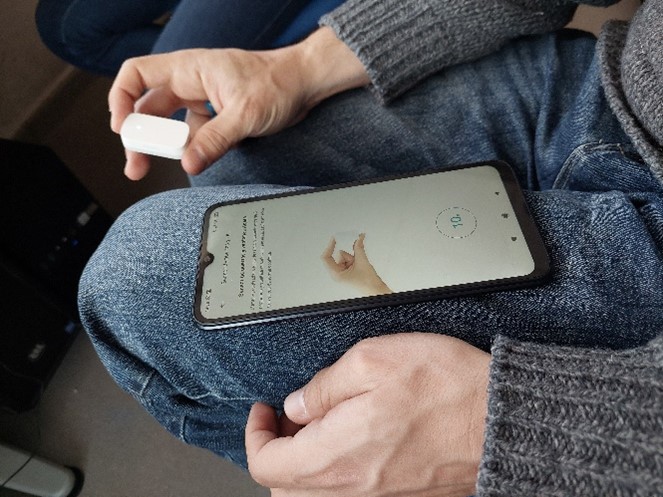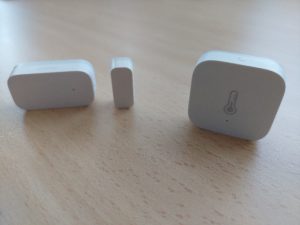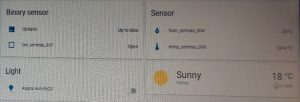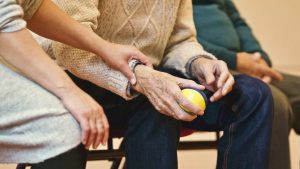
One of the main objectives of the TeNDER project is to improve the Quality of Life of patients. This means, among other things, to increase safety perceptions, not only in patients but in family members and caregivers. To this end, the TeNDER system, through the installation of environmental sensors in patients’ homes, can monitor and detect alarm situations.
We define alarm situations as events that could present a risk for the patient. For instance, we consider the following:
- The room temperature is
 too high or too low.
too high or too low. - The main door is open during a specific time at night.
- The main door is open, while the patient is out, during a specific time at night.
- The patient is in the bathroom and the bathroom door has remained closed for more than an hour.
- Windows are open while the patient is out for more than 30 minutes.
These kinds of alerts are especially useful in patients with early- to mid-stage Alzheimer’s disease or other forms of dementia. To track situations in which a patient could be at risk, a set of environmental sensors are installed at the patient’s home: temperature sensors; binary sensors on windows and doors; and localisation sensors that track the position of the patient inside the house.
All the information generated by the sensors is centralised in a mini-pc deployed at the home. The mini-pc collects the information and inputs it to the TeNDER system where it is analysed. If through the analysis, alarm situations are detected, an alert notification is generated and sent to families and caregivers via the TeNDER application.
 The TeNDER tracking systems at home includes also fall detection; heartrate monitoring; freezing and festination (common movement disorders in Parkinson’s disease) detection; and sleep tracking. All the monitoring processes are intended to improve the patient’s Quality of Life.
The TeNDER tracking systems at home includes also fall detection; heartrate monitoring; freezing and festination (common movement disorders in Parkinson’s disease) detection; and sleep tracking. All the monitoring processes are intended to improve the patient’s Quality of Life.
A factor to consider is the pandemic situation from the COVID-19 disease. The health protocols created by the consortium regarding this issue recommend that the installation at home environments be performed by a single person during the shortest time possible. In addition, and to protect patients‘ privacy, the installation should be performed by the clinical partner who is providing the healthcare services to that patient.
The Universidad Politécnica de Madrid (UPM) and Servicio de Salud Madrileño (SERMAS) are members of the TeNDER consortium. SERMAS patients will be piloting the home environment of the TeNDER system. For this purpose, in February, a full home environment was installed and deployed at UPM premises to test all system functionalities.
Rehearsals allow us to evaluate the impact that the full home system installation could have on the privacy of patients. The collaboration between technical and clinical partners (UPM and SERMAS in this case) is critical to assess the potential impact of the procedures based on estimated installation time and the location of sensors and systems inside the patients’ house. The key aim is to make the system and installation as unobtrusive as possible, and to ensure that patients, family members, and caregivers know that their data and privacy is protected while risks are monitored for their safety.
Finally, such rehearsals help train clinical partners and their technical teams in order to reduce the installation time and to avoid technical issues during the installation. Technical partners will provide also remote assistance for the installation processes to make sure that they are successfully performed.




